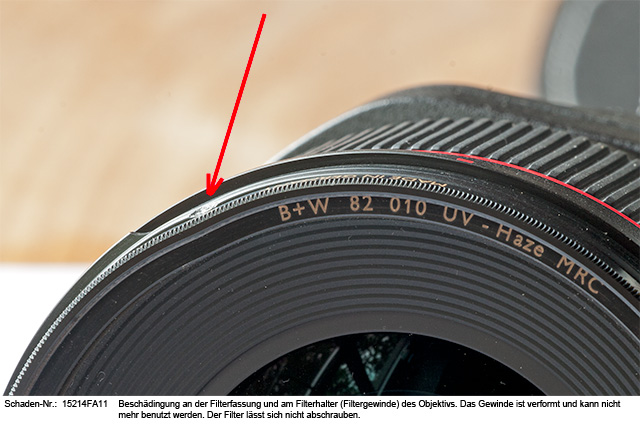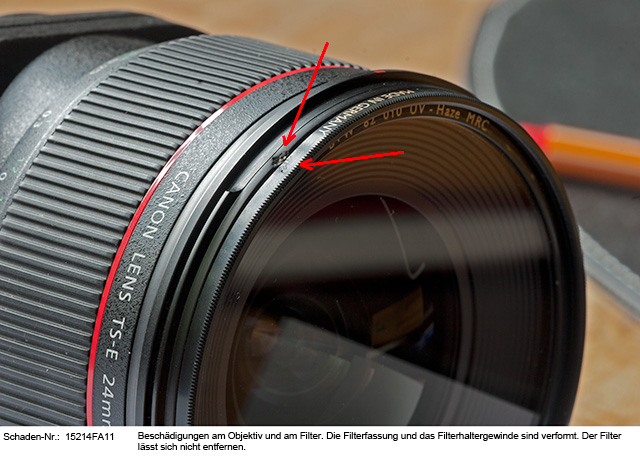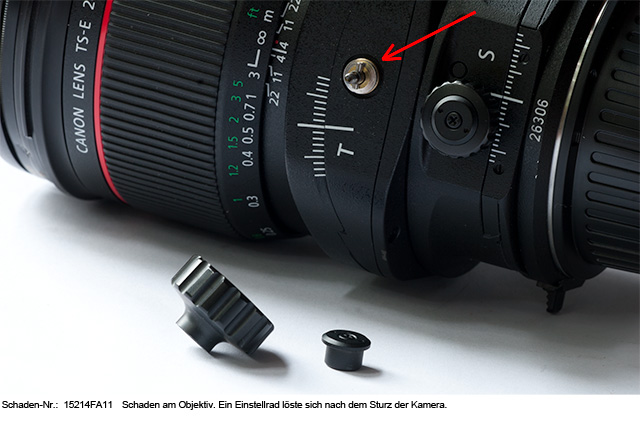articles
what does it cost if i dropped my camera?
The equipment of an outdoor photographer lives dangerously. We carry around cameras, lenses and other gear that cost many thousands of euros (or dollars, or pounds...) exposing them more or less frequently to serious hazards of theft, robbery, mechanical or water damage, loss, etc. Considering the large number of various equipment items that we have with us when we are trekking in forests and mountains, the chances of an accident are quite high. I would even say that if you have many dozens of technical items with you, it is only a matter of time till something bad happens with one or another.
In the field, I always have cameras, lenses, flashes, tripods, etc., at least for 6 000€, but quite often for much more. For my financial circumstances, it is a huge amount of money, and I know that it would be very hard for me to renew the equipment quickly if I would loose a substantial part of it due to physical damage or other kind accident. To prevent such a financial disaster I got a photo equipment insurance for about 20 € a month. It would cover any damage or loss of the equipment (including notebook) for the amount of up to 10 000 euro. However, I would have to pay my own 300 euro in each case.
Of course, when I was choosing the insurance, I was considering if it is worth to pay about 240 euro (a cost of a low-lavel tripod or even lens!) every year when the danger is purely hypothetical. I was trying to estimate how much it would cost me if it wouldn't be a "damage beyond repair", i.e. if I would have to pay the service that would fix the damaged item. I had no idea.
Now I have an experience that I would like to report here for anyone who is having the same difficulty of assessing the potential financial impact of a typical damage.
Two weeks ago an accident happened to my main camera — EOS 5D Mark II — and one of my favourite lenses — TS-E 24 mm f/3.5 L II. The camera with the lens mounted fell down on a stony road from the height of about 1 m. The camera got seriously damaged (as showed in the picture below): Three parts of the enclosure were deformed. The battery compartment lid got stuck in a partially opened position and was also deformed. The camera wasn't powered by the battery any more. These were only the damages that were visible from outside. Of course, I couldn't know what else was wrong with the camera after the crash. Of course no weather protection was present anymore.

On this picture, you see the damages on the camera. Although they look quite little on the picture, there were three parts of the camera enclosure that got damaged, and the battery wasn't supplying power to the camera after that.

The view from the other side. The battery compartment lid didn't close any more. To repair it, the service had to replace enclosure parts.
The lens had less suffered the crash (see the picture below): The filter screw was deformed, and so the quite expensive B&W filter that was mounted on it. I couldn't unscrew the filter any more. As with the camera, I could estimate only the damage that I was seeing but there was no guarantee that the lens is otherwise still functioning properly.

This picture shows a small damage of the filter screw. The filter got stuck due to this. The filter itself was damaged beyond repair. To remove it, the service had to destroy it even further.

This is another view at the damage on filter and lens.

The tilt wheel fell off due to crash. I could put it in place myself first. However, the service had to replace it too afterwards.
After it happened, I immediately contacted the insurance company. They requested photos of the damaged objects, copies of the purchase invoices and a cost estimate from the Canon service. According to te letter from the Canon service they were going to charge 111.86 € for lens repair. They will replace the front part of the lens enclosure and check the function. For the camera to get fixed, I would have to pay about 330 €. The damaged parts of the enclosure will be replaced. All costs include work and replacement parts. I also would have to purchase a new filter for approximately 100 euro.
Thus, my total expenses caused by this accident would be about 550 €. It is not as much as I expected considering that two expensive equipment items that are now being repaired cost over 2000 € each. As I have mentioned above, I will pay my own 300 €. The insurance will cover the rest which would be only around 250 €, i.e. about the same amount that I pay every year for the insurance, and that I have already paid this year.
Canon cameras and lenses aren't as fragile as someone may think. An outdoor photographer can reduce the risk of damage trying to carry his equipment in padded pouches and bags whenever possible. He can prevent much of the risk, for instance, if he would generally avoid the otherwise normal way of carrying a camera — hanging on a strap on his shoulder or neck. If you can successfully prevent damage taking this or other safety measures, you probably don't need an insurance. A camera or a lens, if it was damaged, can be repaired in most cases. The service will then typically cost you by far not as much as you paid for the insurance over several years. Thus, as with any other insurance, with equipment insurance, you most likely will never get paid back the money that you spent for it because nothing so serious would ever happen to your gear. The costs of bumps and scratches will remain within your own part of payment — that is in my case 300 €, i.e. you will get nothing at all paid by the insurance. The policies of insurance companies are always in their own favour, hence they will never pay back the same amounts that they get from their customers. Whether you need an equipment insurance or not, depends on the total cost of the equipment usually subjected to a risk and on the probability of its total damage or loss. If the cost and risk are high, the insurance would certainly make sense. I have my insurance mainly for more security during trips when my whole equipment can be stolen or robbed. For someone who takes his camera only on weekends to a nearby forest it would be certainly a senseless waste of money.